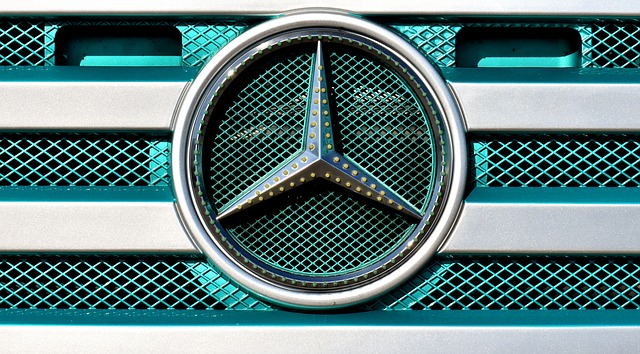Looking to register your car in California? This comprehensive guide breaks down the process step-by-step. From understanding key requirements to securing the necessary documents and navigating the crucial dmv vin verification, you’ll learn everything needed for a smooth registration experience. By following these instructions, you’ll be on your way to obtaining your California registration certificate promptly.
- Understand California Car Registration Requirements
- Gather Necessary Documents for Vehicle Registration
- Perform DMV VIN Verification Step-by-Step
- Submit Application and Pay Fees at the DMV
- Receive Your California Registration Certificate
Understand California Car Registration Requirements

Before registering your car in California, it’s crucial to understand the state’s specific requirements. The California Department of Motor Vehicles (DMV) mandates several key steps for new and used vehicle registration, including a thorough DMV VIN verification. This process involves confirming the vehicle’s unique Vehicle Identification Number (VIN) through official channels, ensuring its authenticity and history.
A vin inspection is a critical component of this verification, allowing the DMV to cross-reference the provided VIN with their records. For added convenience, many drivers opt for mobile vin verifiers, which enable on-site, real-time vin verification using a smartphone or tablet. This modern approach streamlines the registration process, making it faster and more efficient than traditional methods.
Gather Necessary Documents for Vehicle Registration

Before you begin the registration process, it’s crucial to gather all necessary documents for vehicle registration. This includes your vehicle’s registration certificate (if previously registered), proof of insurance, a valid driver’s license, and the vehicle’s Vehicle Identification Number (VIN). The VIN is a unique code that can be used for dmv vin verification, ensuring the accuracy of the vehicle’s details. Consider using a mobile vin verifier or conducting a vin inspection to have this information readily available during the registration process.
Additionally, you’ll need proof of ownership, which can be a title, bill of sale, or a lease agreement if the car is leased. For classic cars or those with modified titles, further documentation might be required. In California, these documents are essential for a seamless vehicle registration process at the Department of Motor Vehicles (DMV).
Perform DMV VIN Verification Step-by-Step

To begin the DMV VIN verification process in California, gather all necessary documents, including your vehicle’s registration and title, a valid driver’s license, and proof of insurance. Then, visit your nearest California Department of Motor Vehicles (DMV) office or use their online services to initiate the procedure. The next step is to perform a Vehicle Identification Number (VIN) verification, which can be done in two ways: through a mobile vin inspection or by utilizing a mobile vin verifier.
For a more convenient option, consider using a mobile vin verification service. These services send a licensed inspector to your location to conduct a thorough VIN check on-site. Alternatively, you can download and use a mobile vin verification app that will guide you through the process step-by-step. This digital approach streamlines the procedure, allowing you to quickly verify your vehicle’s information and ensure compliance with California’s requirements.
Submit Application and Pay Fees at the DMV

After gathering all your documents and ensuring your vehicle meets California’s requirements, it’s time to submit your application and pay fees at the DMV. This crucial step involves visiting a nearby California Department of Motor Vehicles (DMV) office or using their online services for a seamless registration process.
When you reach this stage, a key part of the procedure is completing the vehicle identification number (VIN) verification. This process ensures the accuracy of your car’s details and can be efficiently handled through a mobile VIN verifier or even during a vin inspection at the DMV. By providing the correct information, including the VIN, you facilitate a swift approval, allowing you to hit the roads legally in no time.
Receive Your California Registration Certificate

After completing the registration process with the DMV, you’ll receive your California Registration Certificate—a crucial document that confirms your vehicle’s legal status in the state. This certificate is more than just a piece of paper; it’s proof of ownership and ensures your car meets all necessary safety and environmental standards. To obtain this certificate, expect a thorough inspection, which includes a DMV vin verification process to confirm your vehicle’s unique identification number (VIN).
This verification step involves the use of advanced technology for a mobile vin inspection, ensuring accuracy and efficiency. This way, the DMV can cross-reference the information provided during registration with the vehicle’s actual specifications, enhancing overall credibility and security.
Registering a car in California involves understanding specific requirements, gathering essential documents, and completing crucial steps like a DMV VIN verification. By following these straightforward processes outlined in this article—from initial checks to final submission—you’ll have your California registration certificate in no time, ensuring your vehicle is legally recognized on the state’s roads. Remember, proper registration not only complies with legal obligations but also contributes to safer and more efficient driving conditions.



